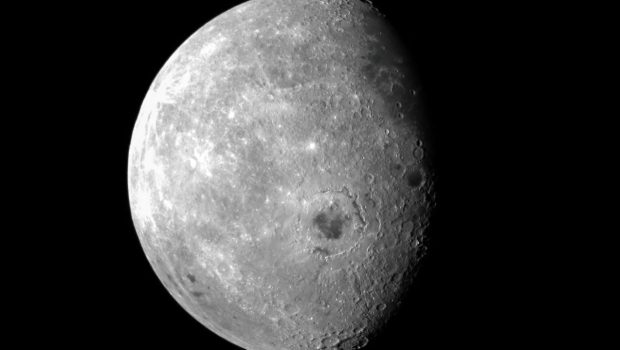Which will fly around the moon first: Artemis II or DearMoon?
With the conclusion of the wildly successful Artemis I mission, NASA is already looking ahead to Artemis II, which will send human beings to cis-lunar space for the first time in five decades. However, the next Artemis mission is not the only crewed, deep space flight in preparation.
The Artemis II mission is scheduled to take place sometime in late 2024, a date always subject to change. The mission will take a crew of four, three Americans and one Canadian, on a trip around the moon in a free return trajectory that will take them back to Earth. It will serve as a prelude to Artemis III, the first crewed moon landing since Apollo 17 in 1972.
NASA is currently examining the data returned by Artemis I to incorporate the lessons learned in the next mission. The crew of Artemis II will be named early in 2023.
A project called DearMoon is the other planned circumnavigation of the moon. A Japanese billionaire named Yusaku Maezawa first conceived of and financed the voyage in 2018. DearMoon would take eight artists of various nationalities and disciplines on a trip around the moon on board a SpaceX Starship.
Recently, Maezawa announced the identities of the DearMoon passengers, selected by a number of interviews and medical tests. According to Space News, the space artists will be:
- Irish photographer Rhiannon Adam
- American music producer Steve Aoki
- Czech “multi-disciplinary creative” Yemi A.D.
- American YouTube personality Tim Dodd
- American filmmaker Brendan Hall
- British photographer Karim Iliya
- South Korean singer Choi Seung Hyun, also known as “TOP”
- Indian actor Dev D. Joshi
Two backup passengers are American snowboarder Kaitlyn Farrington and Japanese dancer Miyu. Maezawa will also embark on the voyage around the moon.
Dodd, who livestreams SpaceX launches and produces videos about spaceflight under the handle of the Everyday Astronaut, is of particular interest. He once described himself as the Walter Cronkite of his generation, having built his own studio with donated money to cover the initial tests of the Starship.
Cronkite, for those who came of age since the beginning of the 80s, was the anchor for the CBS Evening News during the Apollo program. He ran the wall-to-wall coverage the networks traditionally have for the moon missions. Cronkite was famous for the way he explained how flying to the moon worked for the lay audience. So, Dodd flying to the moon would be as if Cronkite had flown on an Apollo expedition to the moon and interviewed Armstrong and Aldrin on the lunar surface.
How soon can we expect DearMoon to lift off? Officially, the private lunar voyage is scheduled to depart sometime in 2023. That date seems to be optimistic. Starship has yet to fly in low-Earth orbit, not to speak of around the moon. SpaceX needs to conduct a number of test flights that will not only see the Starship fly but land safely back on Earth. The day DearMoon departs, its crew should be assured they have a good chance of coming back alive. Thus, the private flight around the moon is unlikely to occur before Artemis II. Artemis I has already proven that an Orion capsule can fly far beyond the moon and splash down safely on the Earth.
Still, if all goes well, the world will have not just one but two crewed circumlunar voyages to look forward to very soon. Artemis II and DearMoon will have different goals, however.
Artemis II will gather more data on the effects of deep space travel on both the Orion spacecraft and its occupants. It will be a traditional NASA mission, one more step on the road that will lead, at long last, to human beings living and working on the moon.
DearMoon will have an entirely different purpose. Its voyage will expose its passengers to the wonders of spaceflight. In return, they will be expected to create great art. The only real-world analogy that comes to mind is the art careers of Apollo 12 moon walker Alan Bean and Soviet cosmonaut Alexi Leonov. They draw upon their spaceflight experiences to create beautiful paintings as a way to convey what they saw and felt to a wider world.
Space exploration has always gained scientific knowledge. Now, increasingly, it will also create the truth and beauty of images, video, music, theater and more.
Mark R. Whittington is the author of space exploration studies “Why is It So Hard to Go Back to the Moon?” as well as “The Moon, Mars and Beyond,” and “Why is America Going Back to the Moon?” He blogs at Curmudgeons Corner.








Gloss